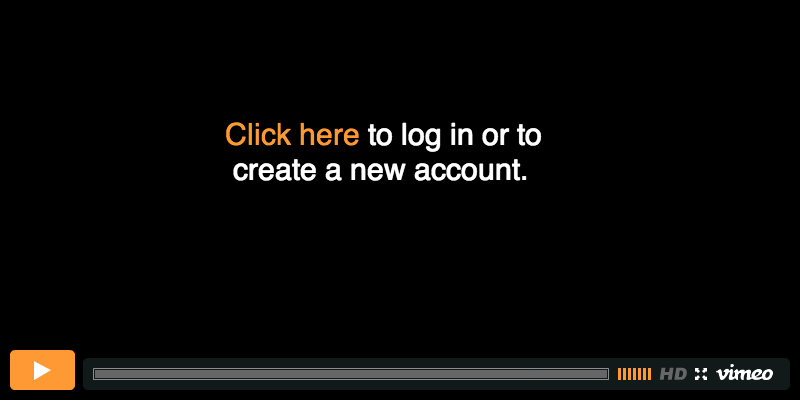


The key to writing an effective audit observation is having a comprehensive structured process.
As you develop conclusions, findings, and recommendations, you must present them to your client in a logical, complete, and objective way. This process provides an easy way to consistently develop and present your observations in a timely manner. The components in this process include all the information you will need to inform and persuade. It allows you to present your findings to your reader in a logical, complete, and objective manner and, thus, enhances the chances of the client’s buy-in and agreement with your recommendations.
Learning Objectives:
- List the five components of an effective audit observation
- Give examples of each component
- Recall the relevant IIA Standards
- Identify the needed information for adequate follow-up
- Determine the importance of observation headlines

Jonnie Keith, CIA, CFE, CGAP
JonSherr Enterprises
Internal Audit Instructor
[email protected]
Mr. Keith has over 40 years of audit experience and served as the Chief Audit Executive for the Metropolitan Atlanta Rapid Transit Authority (MARTA) for 11 years before his retirement in 2012.
As the Chief Audit Executive for MARTA, he was responsible for administering the overall audit activities for the Department of Internal Audit.
He has been a volunteer seminar instructor for the Institute of Internal Auditors. He currently teaches audit webinars, including:
• Writing Effective Audit Observations
• Putting the Quality in Audit Reports
• What it Takes to be the Auditor-In-Charge
• Assessing Risk and Evaluating Controls
• What It Takes to be the Auditor-In-Charge
He has been published three times in the IIA Magazine’s “Back to Basics” section. He has a degree in Economics from Clark Atlanta University. His certifications include Certified Internal Auditor (CIA), Certified Fraud Examiner (CFE), and Certified Government Auditing Professional (CGAP).
As the Chief Audit Executive for MARTA, he was responsible for administering the overall audit activities for the Department of Internal Audit including:
- Providing the Board, the GM/CEO, MARTA Management and appropriate government entities with independent analysis, appraisals, and recommendations concerning operational, information technology, contract compliance, and financial audits.
- Directing the day-to-day activities for three audit managers, 12 auditors and the audit coordinator.
- Developing and/or reviewing all audit reports and audit correspondence.
His other audit experience includes serving as:
- Operational Audit Manager at MARTA
- Senior Auditor in the Contract Compliance Audit Branch at MARTA
- Senior Auditor at Norfolk Southern Railway
- Bank Examiner at the Federal Reserve Bank of Atlanta.
He has been a volunteer seminar instructor for the Institute of Internal Auditors. Some of the courses taught included:
- Writing Effective Audit Reports
- Tools and Techniques for the Beginning Auditor
- Communication Skills for Auditors
- Leadership Skills for the Auditor-In-Charge
- Audit Project Management
- CIA Review Course
He currently teaches audit webinars, including:
- Writing Effective Audit Observations
- Putting the Quality in Audit Reports
- What it Takes to be the Auditor-In-ChargeAssessing Risk and Evaluating Controls
- What It Takes to be the Auditor-In-Charge
He has a degree in Economics from Clark Atlanta University. His certifications include Certified Internal Auditor (CIA), Certified Fraud Examiner (CFE), and Certified Government Auditing Professional (CGAP).




